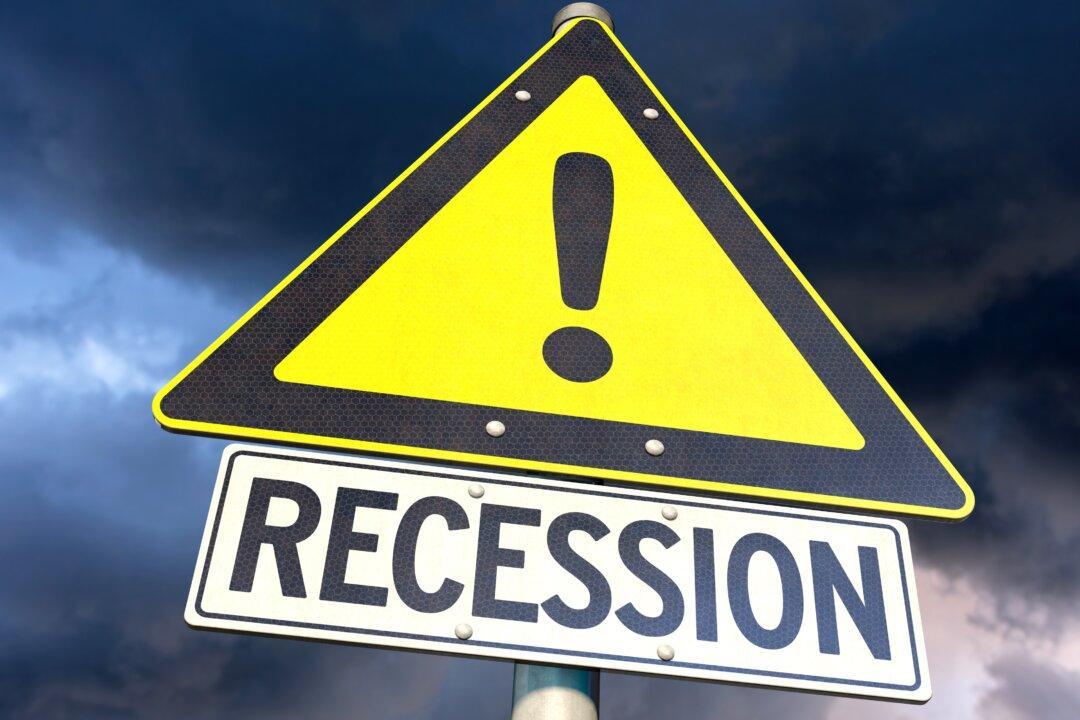Commentary
It was very early in the morning, U.S. time, and the 4-week U.S. Treasury bill then being traded all over Asia suddenly captured a huge bid. At around 3:30 am EDT, May 11, the equivalent yield on this particular short-term instrument ticked lower and lower. Two hours later, around 5:30 am, the rate had fallen below 0.50 percent (50 basis points) from around 0.52 percent where it had been trading since the afternoon before.





